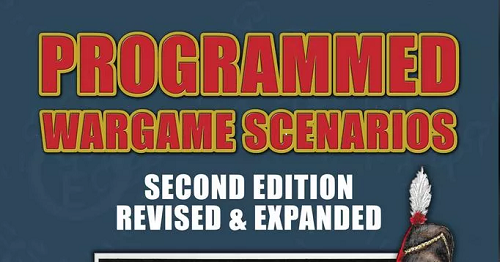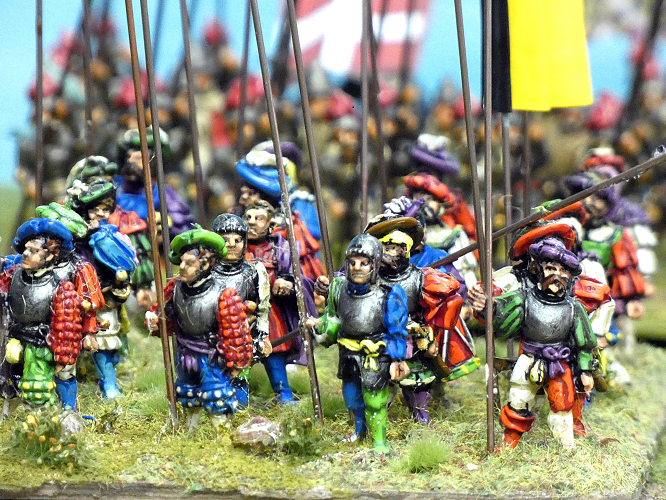Creating wargame scenarios involves designing and setting up fictional or historical military situations for the purpose of strategic or tactical simulation. Whether you’re designing scenarios for tabletop war games, computer-based simulations, or other platforms, the guide below will assist you in building engaging and challenging wargaming scenarios:
Define the Objective: Start by deciding on the main objective of the scenario. This could be capturing a specific location, defending against an enemy assault, completing an important mission, etc. The objective will shape the rest of your scenario design.
Choose the Setting: Determine the time period, location, and environment of the scenario. Historical accuracy or a fictional world can be chosen based on your preference. Research the chosen setting to ensure authenticity and to provide players with a sense of immersion.
Identify the Factions: Decide on the opposing factions in the scenario. This could be different armies, factions, or groups with distinct strengths, weaknesses, and characteristics. Consider their equipment, tactics, and overall strategy.
Map Design: Design the battlefield or environment where the scenario will take place. This could be a physical tabletop layout, a computer-generated map, or a mix of both. Include terrain features such as hills, forests, rivers, buildings, and roads that impact movement and tactics.
Force Composition: Determine the composition of each faction’s forces. This includes the types and quantities of units, their capabilities, and any unique characteristics. Balance is important to ensure fair game play and strategic depth.
Objectives and Victory Conditions: Clearly define the objectives each faction must achieve to win the scenario. Victory conditions could include capturing specific points, eliminating enemy units, or achieving certain mission goals. Different levels of victory (major, minor, defeat) can add complexity.
Initial Deployment: Decide where each faction’s forces start on the map. This placement should influence initial strategies and provide opportunities for different approaches.
Reinforcements and Timing: Consider introducing reinforcements for either side at specific intervals or under certain conditions. This adds unpredictability and can change the course of the battle.
Random Events: Incorporate random events or elements that introduce uncertainty and excitement. This could involve weather changes, supply shortages, or unexpected enemy movements.
Test and Balance: Play test the scenario with friends, colleagues, or on your own to identify any imbalances, loopholes, or unforeseen issues. Make adjustments as needed to ensure fair and engaging game play.
Narrative and Flavor: Add narrative elements to enhance player engagement. Provide background information, historical context, and in-game story lines to make the scenario more immersive.
Rules and Mechanics: Decide on the rules and mechanics that will govern game play. Whether you’re using a commercial rule book or your own custom rules, make sure they’re well-defined and understood by all players.
Feedback and Iteration: Gather feedback from players who participate in the scenario and use their insights to improve the scenario’s design. Iteration is key to refining and perfecting your scenarios over time.
Documentation: Write down all the scenario details, including objectives, victory conditions, force compositions, map layouts, and rules. This documentation will help you recreate the scenario accurately in the future and share it with others.
Remember that building wargaming scenarios can be a creative and iterative process. By combining strategy, historical research, and game design principles, you can craft scenarios that provide engaging and enjoyable experiences for players.




